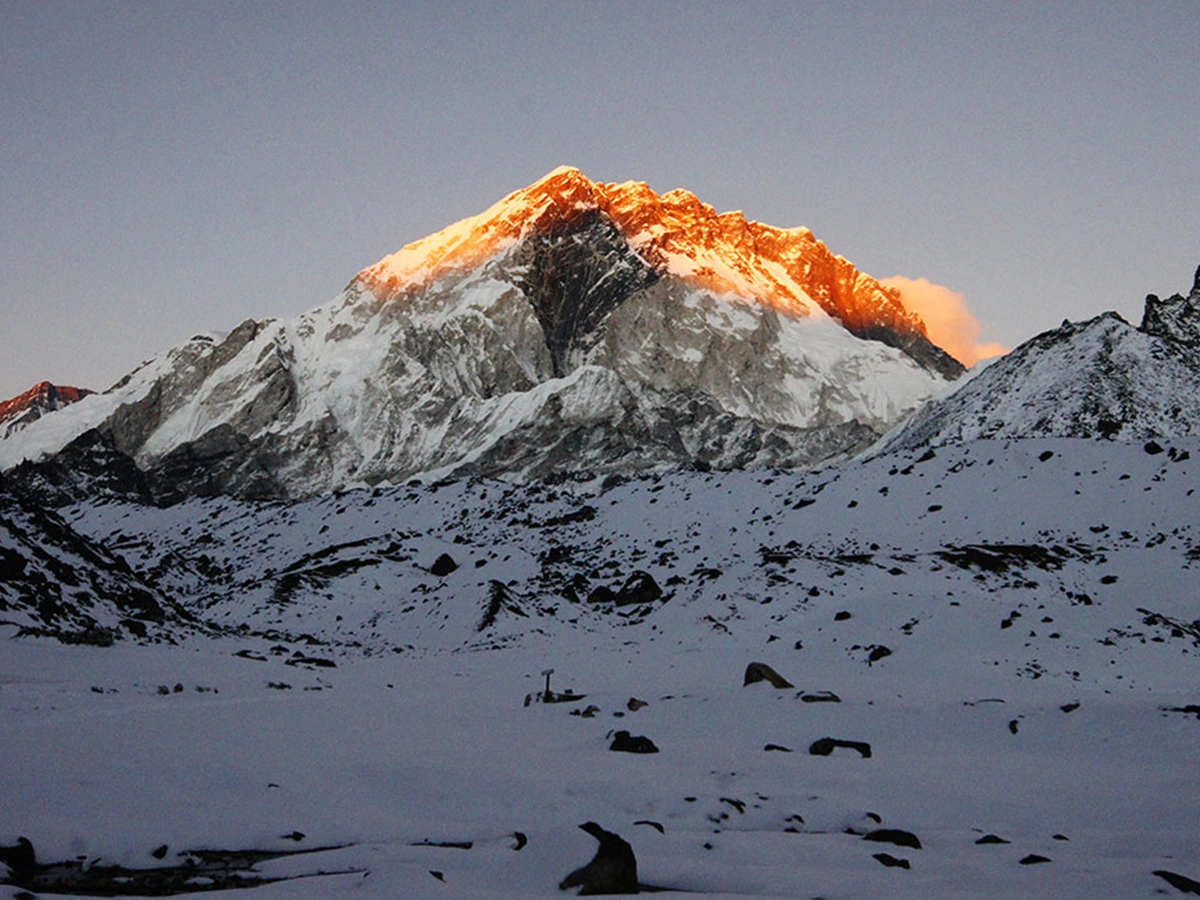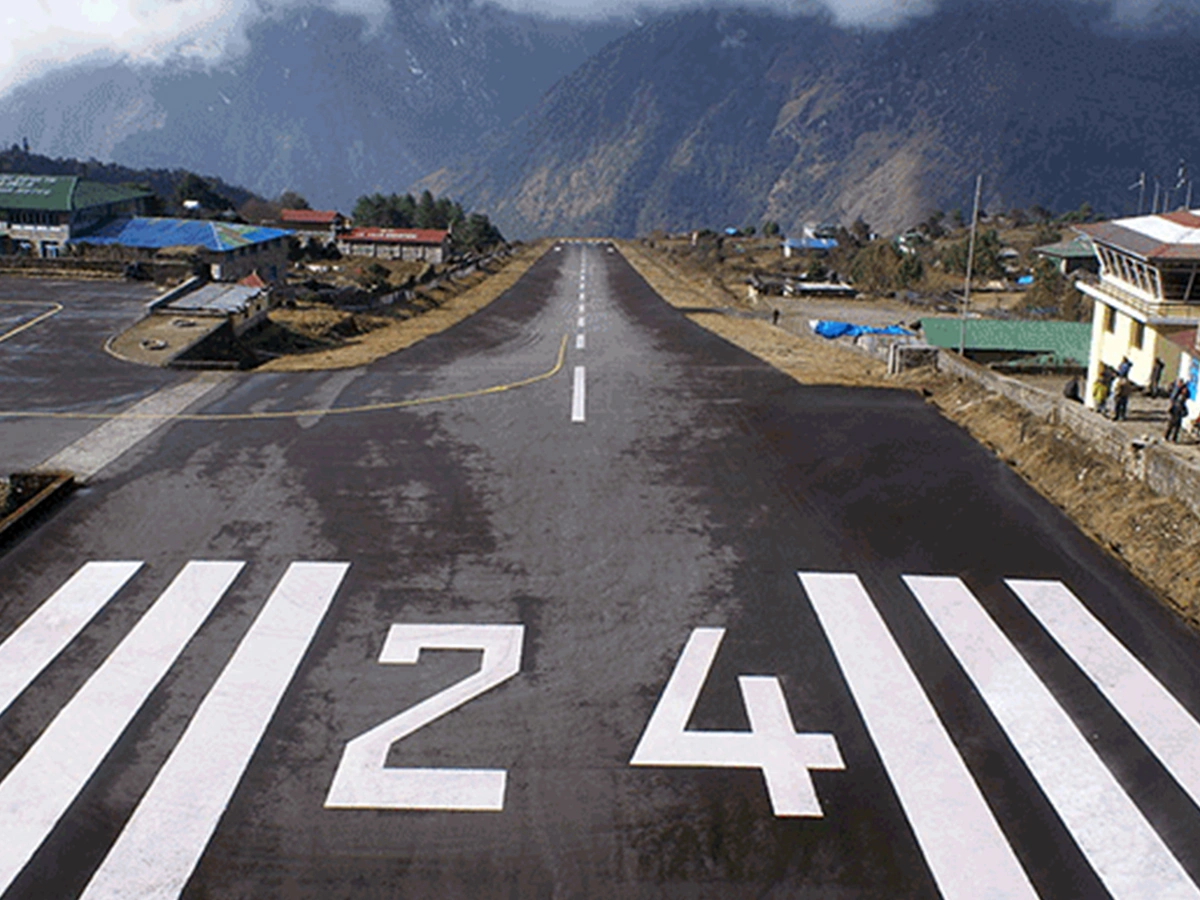For those who want to taste of trekking in the Himalayas visiting Everest Base Camp but are not willing to compromise on comfort, then Everest Base Camp luxury trek is perfect for you!!!
Everest Base Camp luxury trek offers all the pleasures of trekking in the mountains with luxury accommodation, a comfortable bed, and a good meal at the end of each day’s exertions. Doesn’t it sound lovely?
Besides luxury and comfort, this trekking package is perfect for time bound travelers. Also, this trekking package is perfect for all age groups and even for those who are moderately physically fit.
Actually, this package allows you to experience both trek and heli-tour at one time to the base camp of Mt. Everest.
This means, at first you’ll directly fly from Kathmandu to Syangboche and hike down to Namche Bazaar. Following the same classic trekking route, you’ll walk all the way up to the base camp and get back to Kathmandu on a helicopter.
Though this luxury trek is short on time you’ll not miss any of the major highlights of Everest Base Camp trek. You’ll get a full insight of the Sherpa culture and traditions.
In terms of weather and visibility, spring and autumn are the best time to plan this trek.
Likewise, if you’ve plentiful time and want to explore more days in Khumbu region then you can opt classic Everest Base Camp trek.
Enjoy trekking !!!
Highlights
- The Syangboche airport, the world’s highest airport situated at the altitude of 3,780 m from the sea level.
- Luxury lodge accommodation and delicious sit-down meals at end of the everyday trek.
- Explore the Namche Bazaar, one of the busy settlements of Khumbu region.
- Visit Tengboche Monastery, one of the largest monasteries of the Khumbu region.
- Witness the ancient traditional Sherpa culture.
- Hike to Kala Patthar an amazing viewpoint of the mighty peaks of Everest region including Mt. Everest, Mt. Lhotse, Mt Nuptse, Mt. Ama Dablam, and other surrounding peaks.
- Observe the remarkable beauty of the Everest region landscape from a helicopter.
If you have less time and want to reach to Everest base camp or see its beauty, Everest Base Camp Helicopter Tour is a perfect fit for you.
Best Time to Trek
The best time for mountaineering and trekking in Nepal has always been the peak period of nature: spring (March to May) and autumn (September to November). Although the standard EBC Trek can done even during the low points like monsoon and winter, the adventurers will have to go through a fair share of challenges due to unfavorable weather phenomena. Also, in this luxurious exploration of the most popular trekking destination in the world, you will take helicopter flights for two-way; Kathmandu to Lukla and return from Gorak Shep to Kathmandu. So, for a safe, comfortable, and enjoyable flight, the weather conditions need to be at an optimum level; that’s why the peak season is the ideal option.
On top of guaranteed comfortable experience, both of these seasons have their own unique highlights as well. Spring is known as the season of nature, where the landscape is blooming all the way to the mountains. The colorful flowers, lush landscape, clear skies, warm temperatures, and majestic mountain views are some major highlights of this season. Autumn is also not behind when it comes to magical allurements, you will be greeted by the fall landscape during your trek in this season. Similarly, the comfortable trails, clear vistas, most stable weather, and immense cultural experience are guaranteed in this season.
If you have an inquiry related to Everest Base Camp Luxury trek or any other trekking package, please feel free to contact us.


